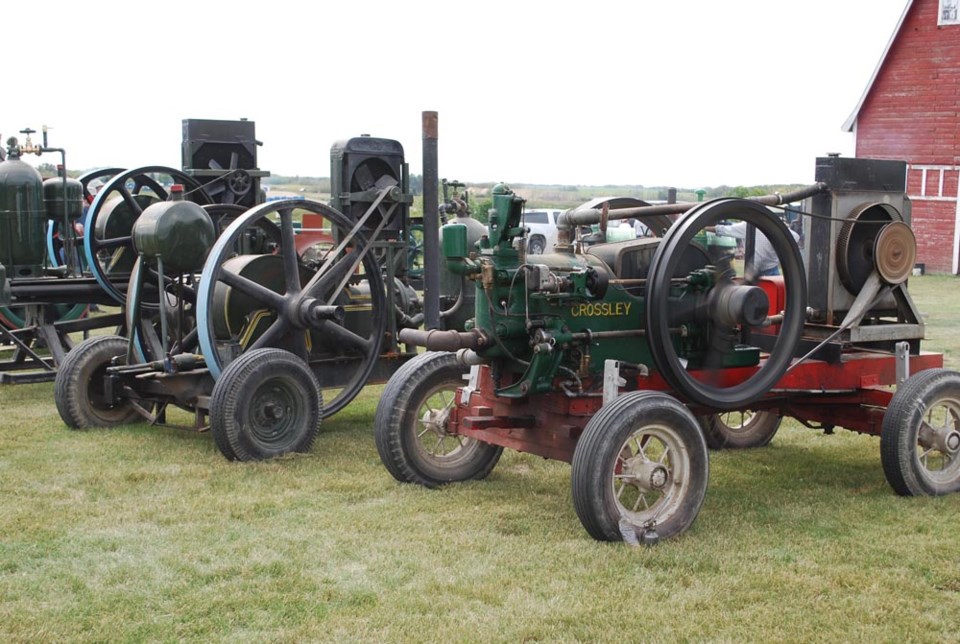There is a lot of history at the Humboldt Area Vintage and Antique Club located on HWY 20.
And everyone got a chance to see it at this years Vintage Days on a warm and sunny Aug. 21.
Along with vintage machine demonstrations, an inside look at the blacksmith shop, and the chance to look inside the furnished house circa 1930s, Vintage Club past-President, Ken Klassen, says the elephant ears was a big hit.
“We totally ran out and were completely satisfied with the guess of how close we’d be. We hit the mark.”
Throughout the day, singers graced their Grand Ol’ Opry stage inside the club, including many local singers.
Klassen, along with 20 other volunteers, says he received a lot of positive feedback on the day.
A couple from Indiana, USA who were visiting Hergott relatives raved at the fact that all the people running the show were volunteers.
However, Klassen says that it is getting harder and harder to get people involved, especially young people.
“If we continue to get those kind of comments and remarks, I guess we’ll have to make a better effort for next year.”
And people were interested to come and see the show. Klassen estimates about 350-375 people came through the gate, include many young children who got to enjoy a petting zoo,and remote control airplanes, which Klassen says was a big hit with the kids.
Keeping this way of life alive, especially in rural Saskatchewan, is important, says Klassen.
“It’s important for kids to witness. Without our youth coming there’s not much point in continuing because we expect them to learn from this and maybe carry on some of these traditions.”
Right now, there are still people alive who worked with the machines on display and could talk about how they work.
Belts and pullies were the name of the game in the early part of the 20th century in Saskatchewan’s grain belt.
That was how the old treshing machine was used for the grand finale demonstration at Vintage days.
The next step in the grain producing process was to clean it.
Kurt Weber donated his grain cleaner to the club when the club first started. He provided custom cleaning as a way to make money when he was not working at the oil fields.
“It wasn’t a get rich quick scheme by no means,” he recalls, “the machine is capable of doing up to a hundred bushels an hour but we were (charging) only eight cents per bushel so that isn’t very much.”
For a lot of years, the club has cleaned their own wheat to be seeded.
The wooden structure was hand built in 1936, says Weber, or at least that is what he was told when he bought it himself.
The hopper holds about 60 bushels which falls down a feed shaft onto various sized screens that winnow out the chafe and straw.
After that falls down to a row of vertical discs, which picks out the clean grain and feeds it a shaft that is augered out a spout in the bottom of the machine.
The elevator which would also move the clean grain to a waiting truck or bin has gotten to the point of breaking down, so Weber does not use it anymore.
The 5 horse power stationary water cooled engine is also circa 1936 and Weber says he has rebuilt it many times.




